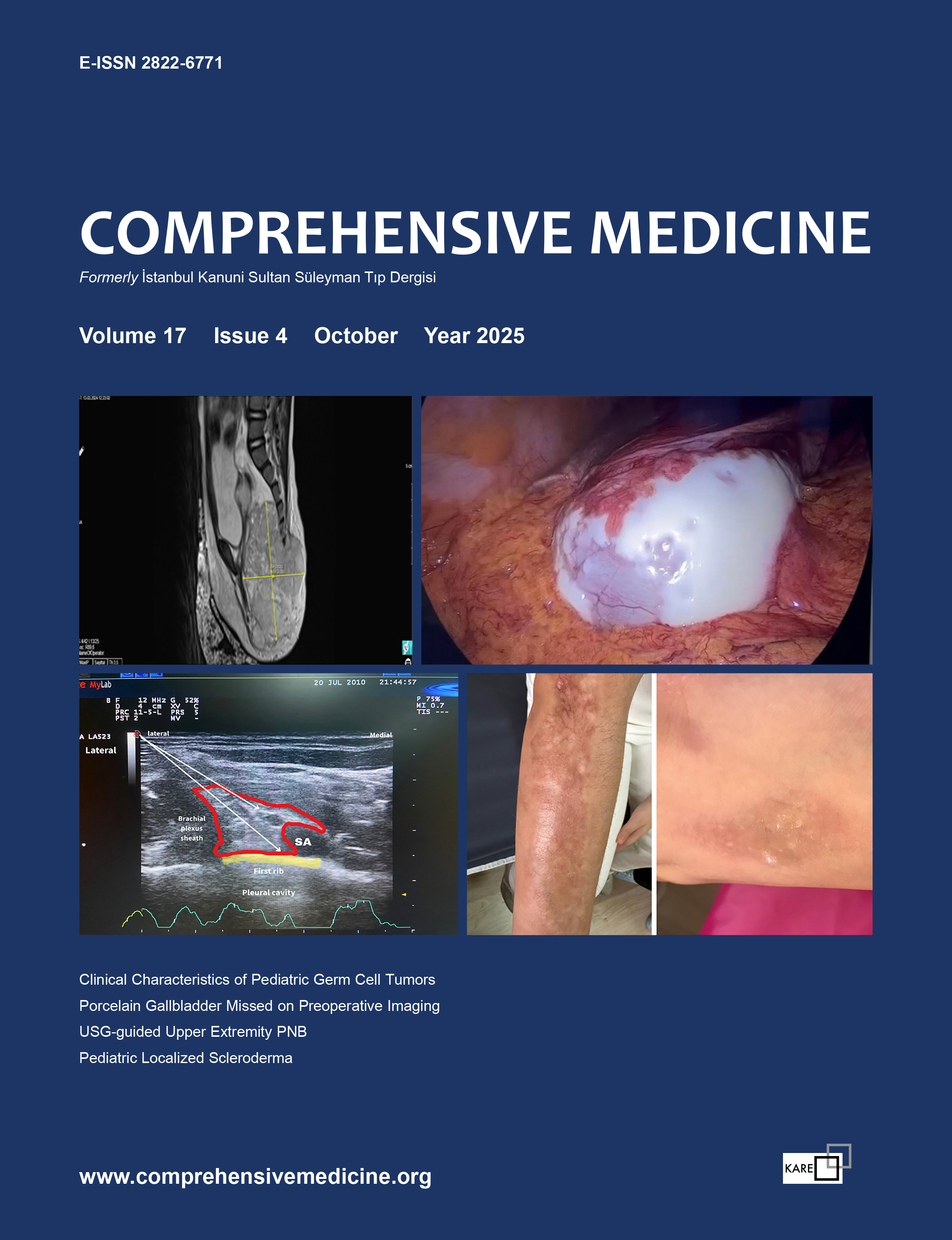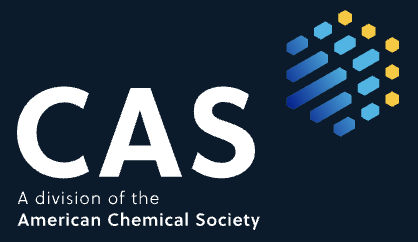Computed Tomographic Analysis of the Anatomical Parameters of the Ideal Screw Trajectory Line for Laminar Screw Fixation of the Lumbar Isthmus
Burhan Oral Güdü1, Suna Dilbaz21Department of Neurosurgery, İstanbul Medipol University Sefaköy Hospital, İstanbul, Türkiye2Department of Neurosurgery, Kanuni Sultan Süleyman Training and Research Hospital, İstanbul, Türkiye
INTRODUCTION: Assessment of laminar anatomical parameters required for rigid fixation of the lumbar isthmus with intralaminar screws using computed tomography (CT).
METHODS: Retrospective lumbar CT scans of 36 adult patients were analyzed. The parameters of the ideal laminar screw trajectory line required for isthmic defect fixation were determined using 3D multiplanar reconstruction, and linear and angular parameters were measured. The laminar screw length (LSL), the width of the thinnest part of the lamina (LW), the transverse distance of the screw entry into the lamina relative to the midline (TD), sagittal (SA) and coronal (CA) screw application angles were evaluated bilaterally at all lumbar levels.
RESULTS: The mean age of the patients was 22 years. The LSL had similar values at the levels L1–3 (35–36 mm), with a slight decrease at L4 and L5 (33–32 mm). The LW increased from L1 to L4 (7–9 mm), with a slight decrease observed at L5 (8 mm). The TD increased steadily from L1 to L5 (56–10 mm). The SA was similar at L1–3 (23°–25°), with a marked increase toward L4 and L5 (30°–40°). The CA increased consistently from L1 to L5 (6°–20°).
DISCUSSION AND CONCLUSION: For rigid intralaminar screw fixation, optimal angular and linear screw application parameters should be carefully reviewed in preoperative CT studies to increase the laminar cortical bone attachment of the screw and prevent potential neurologic injury.
Keywords: Intralaminar screw, isthmic fixation, laminar screw, lumbar CT scan, posterior neural arch spondylolysis
Lomber İsthmusun Laminar Vida ile Fiksasyonu İçin İdeal Vida Trajeksiyon Hattındaki Anatomik Parametrelerin Bilgisayarlı Tomografik Analizi
Burhan Oral Güdü1, Suna Dilbaz21İstanbul Medipol Üniversitesi Sefaköy Hastanesi, Istanbul, Türkiye. Beyin ve Sinir Cerrahisi2Kanuni Sultan Süleyman Eğitim ve Araştırma Hastanesi, Istanbul, Türkiye. Beyin ve Sinir Cerrahisi
GİRİŞ ve AMAÇ: Bilgisayarlı tomografi (BT) kullanılarak lomber istmusun intralaminer vidalarla rijit fiksasyonu için gereken laminer anatomik parametrelerin değerlendirilmesi.
YÖNTEM ve GEREÇLER: 36 erişkin hastanın retrospektif lomber BT taramaları analiz edildi. İstmik defekt fiksasyonu için gerekli ideal laminer vida yörünge hattının parametreleri 3D multiplanar rekonstrüksiyon kullanılarak belirlendi ve doğrusal ve açısal parametreler ölçüldü. Bu hat üzerinde laminer vida uzunluğu (LSL), laminanın en ince kısmının genişliği (LW) ve vidanın laminaya girişinin orta hatta göre transvers mesafesi (TD), sagittal (SA) ve koronal (CA) vida uygulama açıları tüm lomber seviyelerde iki taraflı olarak değerlendirildi.
BULGULAR: Hastaların ortalama yaşı 22 idi. LSL, L1-3 seviyelerinde (35-36 mm) benzer değerlere sahipken, L4 ve L5'te (33-32 mm) hafif bir düşüş gösterdi. LW L1'den L4'e (7-9 mm) artarken, L5'te (8 mm) hafif bir düşüş gözlendi. TD, L1'den L5'e kadar düzenli olarak artmıştır (56-10 mm). SA L1-3'te benzerdi (23°-25°), L4 ve L5'e doğru belirgin bir artış gösterdi (30°-40°). CA, L1'den L5'e (6°-20°) kadar tutarlı bir şekilde artmıştır.
TARTIŞMA ve SONUÇ: Rijit intralaminer vida fiksasyonu için, vidanın laminer kortikal kemik bağlantısını artırmak ve potansiyel nörolojik hasarı önlemek için preoperatif BT çalışmalarında optimal açısal ve doğrusal vida uygulama parametreleri dikkatle gözden geçirilmelidir.
Anahtar Kelimeler: Laminer Vida, İstmik Fiksasyon, Spondilolizis, İntralaminer Vida, Lomber BT Taraması, Posterior Nöral Ark
Manuscript Language: English






















